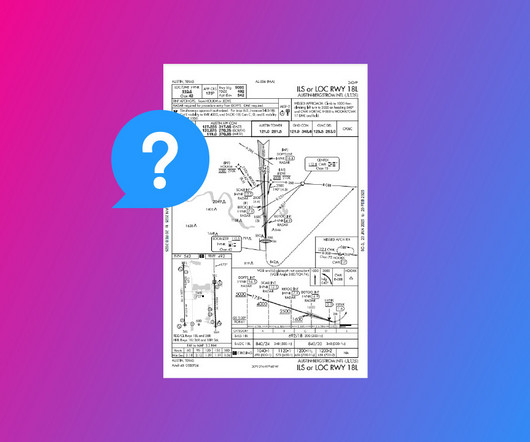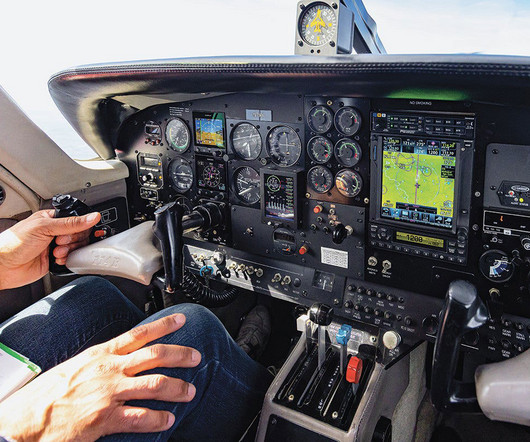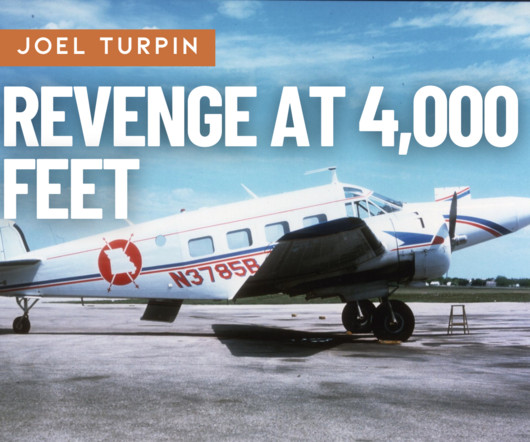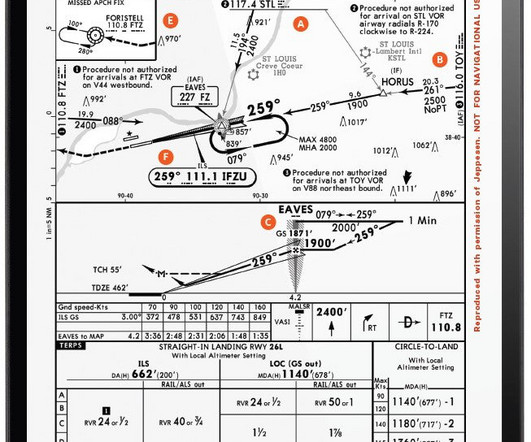Holding Procedures – Airplane Holding Patterns Easily Explained
Pilot Institute
JUNE 9, 2025
Today we will explain airplane holding patterns in detail, answer some common questions, and even teach you a few ‘hacks’ to make flying a hold a real breeze. A holding procedure is when an airplane flies in a pattern to maintain its geographic location using its onboard navigational instruments. Here’s why airplanes take up the hold.












Let's personalize your content